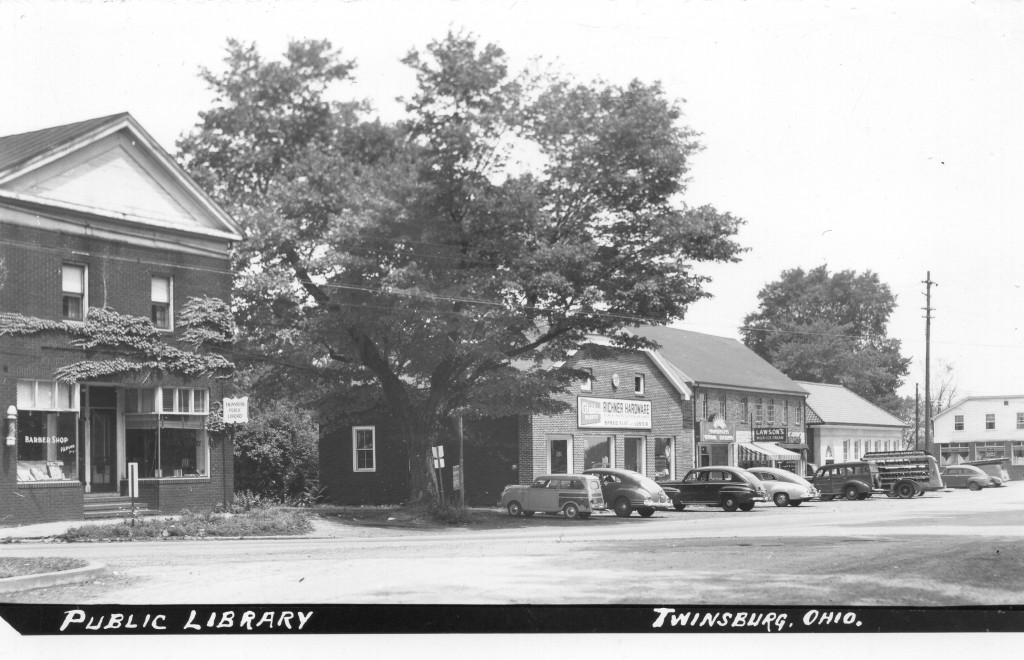Drivers stream onto East Aurora and Darrow roads from Exits 36 and 37 every day as the highway pumps business into the region and attracts renters and homebuyers to the once far-flung community. Prior to the construction of I-480, commuters had a much longer drive to and from the area. To negate or offset the cost, some would carpool and others would catch the trains to and from Twinsburg, destined for Cleveland and stops along the way.
But Chrysler was an economic juggernaut, attracting new residents and bringing an influx of tax-based income to the region. The introduction of the highway in the 1960s made the three communities more accessible and appealing. Originally known as I-80 before becoming part of I-480 in the 1970s, it opened a world of opportunities for builders and buyers, businesses and customers.
When interviewed for the Plain Dealer about the marketability of Heritage Hills, a housing development then under construction, noted developer and philanthropist Bert Wolstein said, “When finished . . . it should put the community just 19 minutes from downtown Cleveland as well as putting it on a direct route to Columbus, Cincinnati, Buffalo, Pittsburgh and Chicago ‘without stopping for a red light.’”
